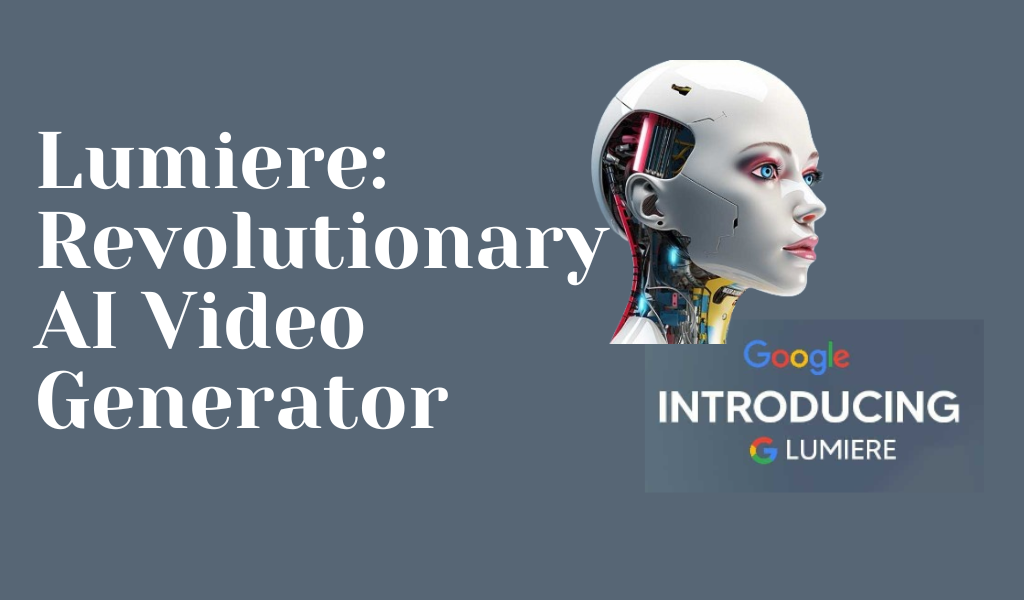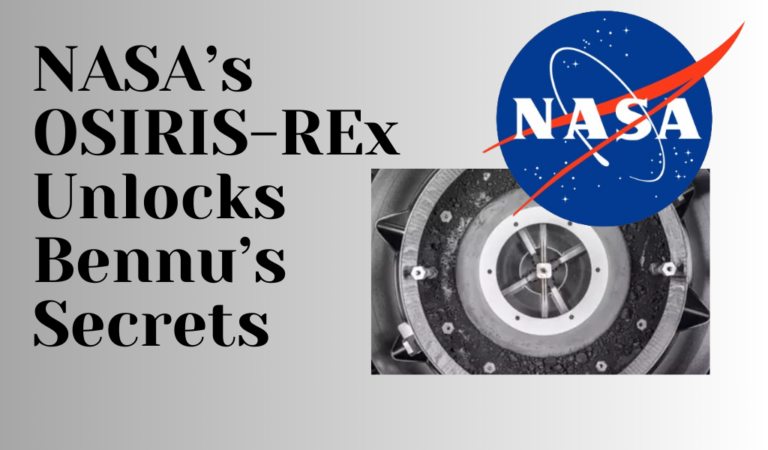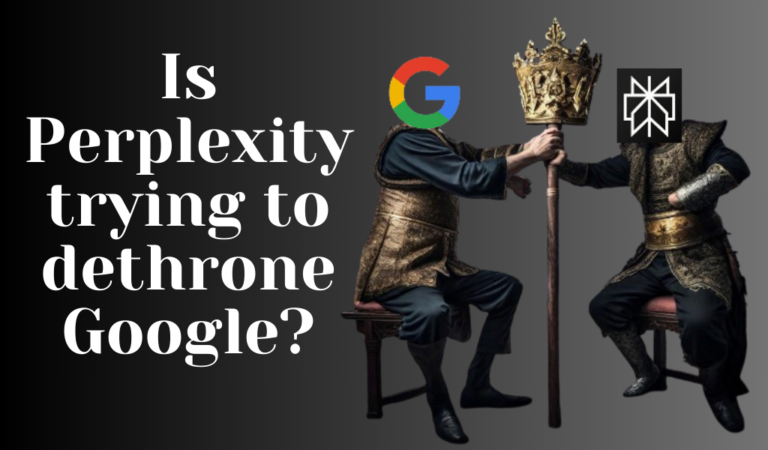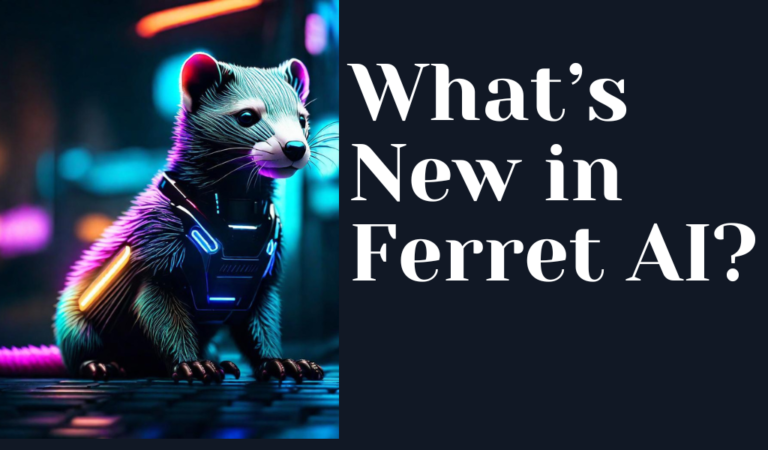Table of Contents
ToggleIntroduction To Google Lumiere
Tuesday marked a significant milestone for Google as the company unveiled Lumiere, a powerful AI video generator dubbed a “space-time diffusion model for realistic video generation.” Although the main attraction is its capacity to produce humorous films with adorable animals in different situations, Lumiere is a significant breakthrough in the field of artificial intelligence.
Key Features of Google Lumiere
With Google’s Lumiere, the complete temporal duration of a film may be generated in a single pass thanks to a special architecture called the Space-Time U-Net. It differs from other models, which frequently have problems with global temporal consistency, with its novel approach. To put it another way, Lumiere skillfully manages both temporal (i.e., how things move and change) and spatial (i.e., where items are in the movie) aspects at the same time, simplifying the video producing process into a smooth, one-pass operation.
|
Feature |
Description |
| Architecture | Lumiere utilizes the Space-Time U-Net architecture, enabling the generation of an entire video’s temporal duration in one pass. |
| Spatial and Temporal Handling | Simultaneously handles spatial (object placement) and temporal (motion and changes) aspects during video creation, ensuring a seamless and coherent output. |
| Versatility | Offers diverse capabilities, including text-to-video generation, conversion of still images into dynamic videos, style-specific video generation, consistent video editing, cinemagraph creation, and video inpainting. |
| Training Data | Trained on a dataset of 30 million videos with accompanying text captions. |
| Video Resolution | Outputs five-second videos at a resolution of 1024×1024 pixels, considered “low-resolution” but preferred in user studies. |
| Comparative Advantages | Outshines competitors in the AI video generation market, providing coherent, high-motion videos as evidenced by user preference over other models. |
| Concerns and Mitigations | Acknowledges the risk of misuse and emphasizes the need for tools to detect biases and malicious use cases to ensure safe and fair use. |
| Future Implications | Raises considerations about the societal impact of realistic video synthesis, especially in terms of potential misuse and challenges associated with deepfake creation. |
| Availability | Currently a research project with no public release, making it challenging to assess its real-world impact. |
How Google Lumiere Works?
With the help of the Space-Time U-Net architecture, Lumiere can smoothly process the full movie length in a single pass. This is different from current methods, which usually generate remote keyframes and then do temporal super-resolution. By removing the need to piece together disparate video sources, Lumiere’s unique technology enables a more seamless and internationally consistent temporal experience.
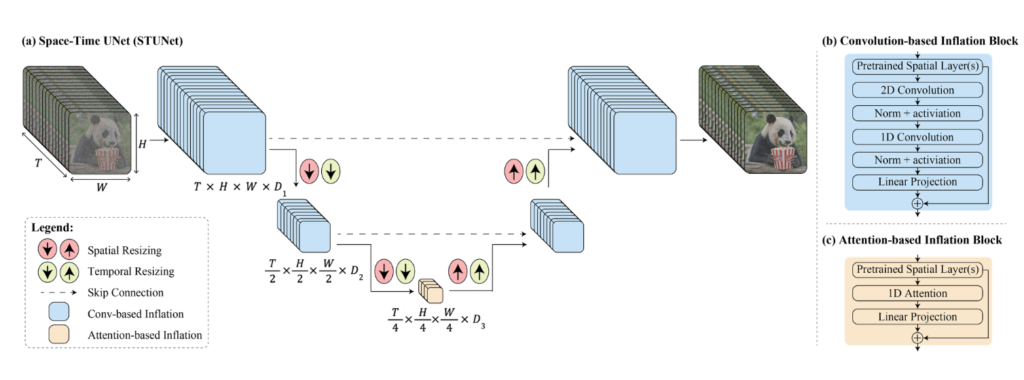
Source: Google
Versatility and Party Tricks
On Google’s demo page, Lumiere displays a wide range of features, such as text-to-video generation, dynamic image conversion, style-specific video generation using reference images, text-prompted video editing, cinemagraph creation through the animation of specific image regions, and video inpainting for scene object modification. These characteristics demonstrate Lumiere’s adaptability and possible uses in the production of creative content.
Source: Google
Training and Resolution
Lumiere is trained on a dataset of 30 million videos with text captions, according to the research report. Even though Lumiere produces “low-resolution” five-second films at 1024 x 1024 pixels, user research indicates that Lumiere’s outputs are preferred above current AI video synthesis methods.
Comparative Advantages
Lumiere seems to perform better than rival AI video generators on the market, such as Pika, Runway, and Stability AI. In terms of text and image-to-video generation, its Space-Time U-Net design makes it a preferred option for users assessed since it enables the development of coherent, high-motion videos.
Concerns and Future Implications
There are worries about possible abuse and the production of deepfakes as Lumiere sets the bar for AI video generation. The research team emphasizes the need of responsible creation and application while acknowledging the necessity for tools to detect biases and malevolent applications.
Conclusion
Even though Lumiere is still a research project, its release represents a major advancement in the field of artificial intelligence-generated video content. As technology advances, questions about how it will affect social standards and the possible repercussions of misuse arise. Lumiere, which offers realistic and stylistic video production with on-demand editing capabilities, stands out as a possible game-changer as businesses continue to invest in generative AI.

